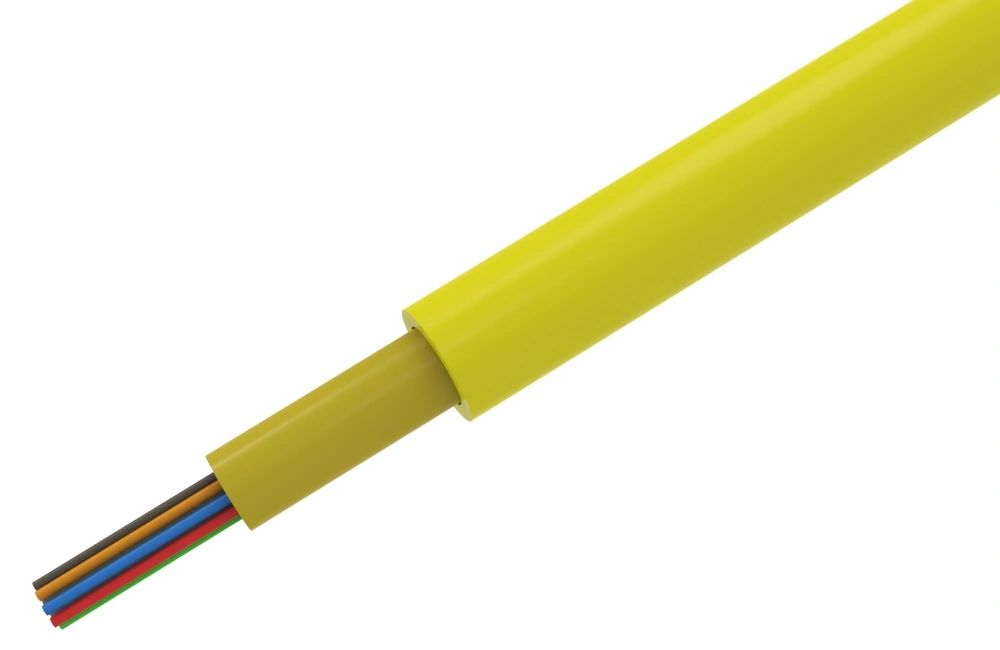An Overview of Outdoor Cables

Outdoor cables play a crucial role in various industries, including telecommunications, power transmission, and data communication. They are designed to withstand harsh environmental conditions while providing efficient connectivity. This article aims to explore the classification and characteristics of outdoor cables, highlighting their uses and advantages.
Fiber Optic Cables
Fiber optic cables are widely used in outdoor installations due to their high-speed data transmission capabilities and immunity to electromagnetic interference. These cables consist of thin strands of glass or plastic fibers that transmit data through light signals. Fiber optic cables are categorized into single-mode and multi-mode cables, each with its own applications and advantages.
Single-mode fiber optic cables: Designed for long-distance communication, single-mode cables have a smaller core and provide higher bandwidth and lower signal loss. They are ideal for applications like long-haul communication, network backbones, and connecting remote locations.
Multi-mode fiber optic cables: With a larger core diameter, multi-mode cables are suitable for short-range communication within buildings or campuses. They offer lower bandwidth but are more cost-effective for applications like local area networks (LANs) and video surveillance systems.
Coaxial Cables
Coaxial cables are commonly used for TV distribution, satellite communication, and broadband internet services. These cables consist of a central conductor, surrounded by an insulating layer, a metallic shield, and an outer insulating layer. Coaxial cables provide high bandwidth, low latency, and excellent signal quality.
RG-6/U Coaxial Cable: This cable type is widely used for television, satellite, and cable TV installations. Its thicker conductor and better shielding minimize signal loss, ensuring reliable signal transmission over long distances.
RG-11/U Coaxial Cable: Designed for higher frequencies, RG-11/U cables are suitable for longer cable runs. They offer better signal quality and are commonly used for commercial applications and digital signage.
Twisted Pair Cables
Twisted pair cables are widely used in local area networks (LANs) and telephone systems. They consist of pairs of insulated copper wires twisted together to minimize electromagnetic interference.
Category 5e (Cat 5e) Cable: Cat 5e cables are popular for Ethernet networks due to their affordability and capability to handle data transmission speeds of up to 1,000 Mbps. They are suitable for short to medium-range network connections.
Category 6 (Cat 6) Cable: Offering improved performance over Cat 5e, Cat 6 cables support higher bandwidths and are designed for Gigabit Ethernet and more demanding applications. They are ideal for high-speed data transmission and long-range network connections.
Category 6a (Cat 6a) Cable: With improved specifications, Cat 6a cables provide even higher bandwidth and reduced crosstalk. They are suitable for applications requiring 10 Gigabit Ethernet and operate over longer distances without data loss.
Conclusion
Outdoor cables are available in various types, each tailored to specific needs and environmental conditions. Fiber optic cables offer high-speed transmission and immunity to interference, while coaxial cables provide excellent signal quality for broadcast and broadband applications. Twisted pair cables are commonly used for LANs and telephone systems, with different categories offering varying speeds and capabilities. Understanding the classification and characteristics of outdoor cables is essential for choosing the right cables for specific applications, ensuring reliable and efficient connectivity in outdoor installations.



